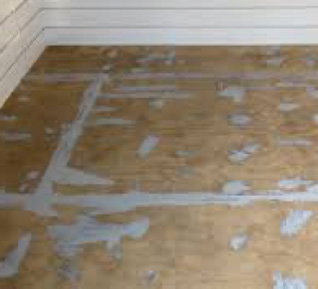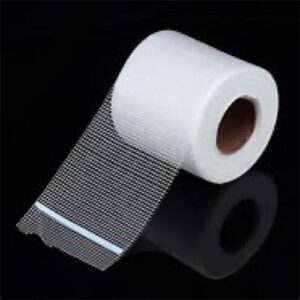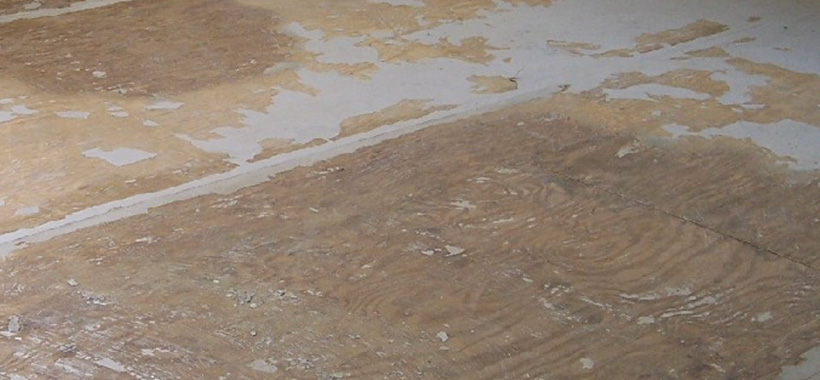How to Apply Epoxy Coatings Over OSB and Plywood
Thermal-Chem’s high-performance coatings CAN BE applied over a wooden substrate. There are a few steps you must follow to make your project a long-lasting masterpiece.

Obviously, there are dozens of types of wood. For this article we will focus on the 2 most popular; OSB wood and plywood. Both woods are manufactured by gluing wood particles (OSB), or laminate sheets (Plywood) together to get a strong structural panel.
 The biggest challenge is that wood is flexible and epoxy coatings are rigid. Therefore, there are some steps that may be better suited for a professional contractor. Check the wood to see how much flex there is. Wood that has a flex to it will need an additional step. (We will cover this later in this article) The first step is to screw the wood down to the floor or ceiling joists (for above grade projects). We recommend screwing the wood down with a 2” or 3” wood screw every three inches. Make sure you get the screws to sit slightly below the wood.
The biggest challenge is that wood is flexible and epoxy coatings are rigid. Therefore, there are some steps that may be better suited for a professional contractor. Check the wood to see how much flex there is. Wood that has a flex to it will need an additional step. (We will cover this later in this article) The first step is to screw the wood down to the floor or ceiling joists (for above grade projects). We recommend screwing the wood down with a 2” or 3” wood screw every three inches. Make sure you get the screws to sit slightly below the wood.
Next, sand the wood to remove contaminants that may affect adhesion. We recommend 80 grit sandpaper. Once completed, vacuum all the dust and debris.
Now we need to apply a primer to seal off the wood’s porosity. Thermal-Chem’s #726 Armor Prime is a great choice. It is easy to work with as well as having a low viscosity to penetrate the wood and seal it off. You can pay special attention to the seams of each sheet and brush the primer over the seams, and if possible, place a 4” fiberglass tape over the wet epoxy. The floor should dry in approximately 8-10 hours. You should try and apply this coat at approximately 100-125 square feet per gallon, our goal is to seal the wood.
 Here we need to evaluate the use of a flexible membrane. Thermal Chem’s #739 FlexGard M is a 100% solids epoxy membrane. This product has a nice expansion capacity. This should be applied at 64-70 square foot per gallon. Not all wood floors will require this. If you can still feel some flexibility when you walk over the cured #726 ArmorPrime and feel the slightest movement, then this will be a required step. If the floor has heavy items placed on the cured system (equipment, pool tables etc.) you may want to use the #739 FlexGard M as a safety precaution.
Here we need to evaluate the use of a flexible membrane. Thermal Chem’s #739 FlexGard M is a 100% solids epoxy membrane. This product has a nice expansion capacity. This should be applied at 64-70 square foot per gallon. Not all wood floors will require this. If you can still feel some flexibility when you walk over the cured #726 ArmorPrime and feel the slightest movement, then this will be a required step. If the floor has heavy items placed on the cured system (equipment, pool tables etc.) you may want to use the #739 FlexGard M as a safety precaution.
The #739 FlexGard Me will act as a “shock absorber”. Again, wood is flexible and epoxy flooring systems are rigid.
Finally, you can move forward with installing your flooring system.
Should you have any questions, give us a call at 1-800-635-3773.

